The lasting changes of the post-pandemic dining era
The newest of new normals

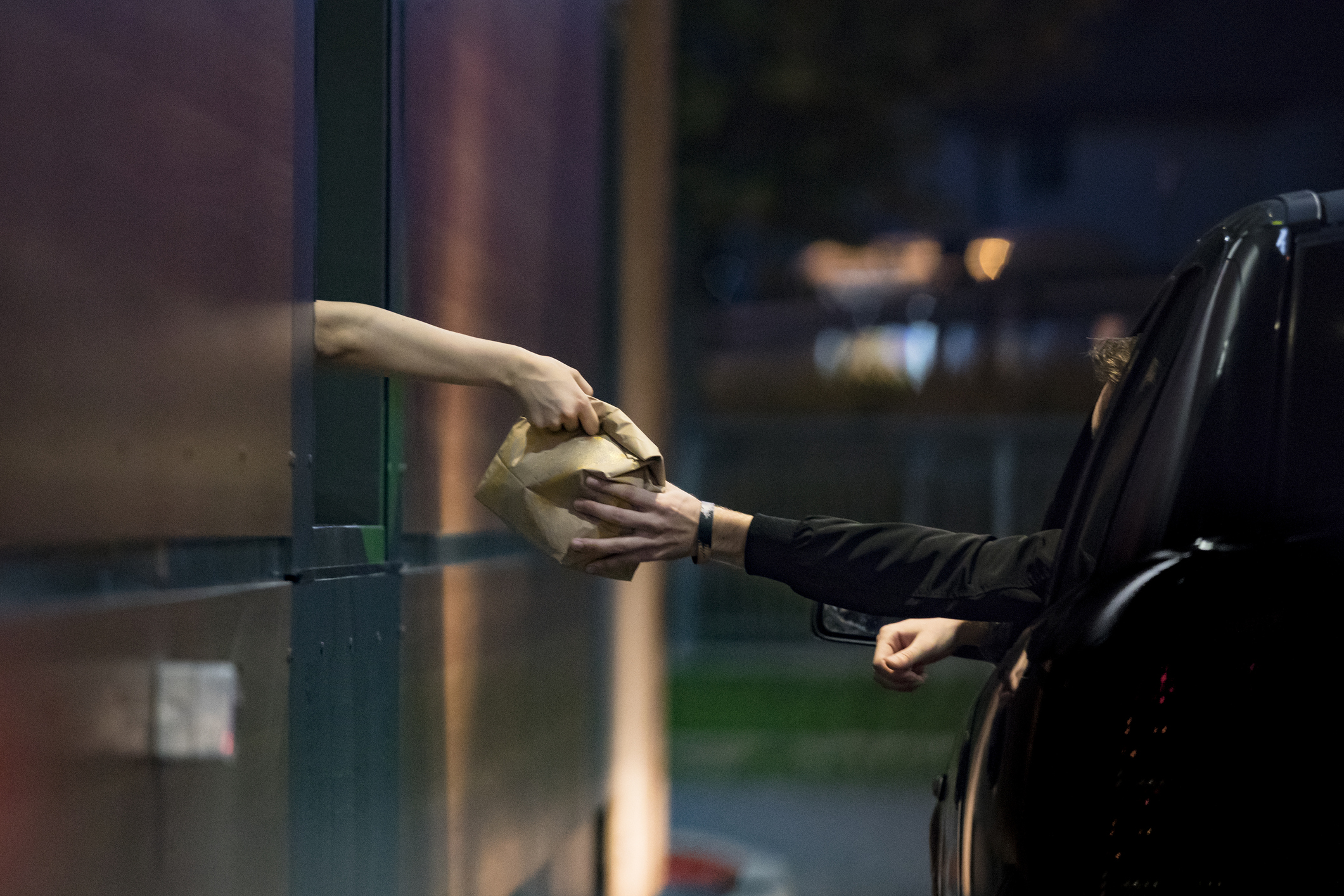
It has been nigh three years since the Covid-19 pandemic rolled through the United States (not including the newest coronavirus wave that may be imminent).
Dining, as Americans knew it, changed overnight. Restaurants shuttered. Takeout usage spiked. Delivery-app use skyrocketed. When restaurants reopened, menu QR codes became fixtures.
Then dining shifted yet again as the pandemic waned. Nothing quite returned to pre-pandemic business as usual. Instead, some of the changes from that era of just a few years ago are now fixtures of the hospitality world.
The Week
Escape your echo chamber. Get the facts behind the news, plus analysis from multiple perspectives.

Sign up for The Week's Free Newsletters
From our morning news briefing to a weekly Good News Newsletter, get the best of The Week delivered directly to your inbox.
From our morning news briefing to a weekly Good News Newsletter, get the best of The Week delivered directly to your inbox.
The personal impersonal
Perhaps not surprisingly, customers remain keen on takeout and delivery. But sorry, DoorDash and Uber Eats, third-party applications devoted to delivery services are not on the menu. "What we're seeing more is that consumers are really preferring to order through the restaurants' app or websites," said Jean Chick, a principal and U.S. restaurant and food service leader at Deloitte, on Marketplace Morning Report. "40% of our survey respondents wanted to order directly from the restaurant's app, and only 13% of customers who use third-party apps would prefer to use third-party apps." Connection to a restaurant's brand is still a connection, even if it involves dining at home.
Nicer restaurants of all sorts are more expensive
Product inflation, labor shortages, a swerve toward balance between work and life —there are myriad reasons for the continued uptick in fine-dining prices, especially at the highest tiers of the luxe dining world. But according to Nicholas Gill of the New Worlder newsletter, this cost increase for diners is also trickling into the Little Leagues of fine dining.
At the tiny Honey Badger in Brooklyn, for example, the two co-owner chefs have no more than two additional employees working most nights, and the restaurant "doesn't serve hundreds of people a week, usually just a few dozen, and they charge $195 for the menu to make it all work," Gill noted. "I think there will be more restaurants with creative menus turning to models like this with lower overhead and high prices."
Ding-dong, the fast-food dining room is (maybe) dead
Drive-thru traffic increased, predictably, during the pandemic. It dipped an average of 12% in 2023 compared to 2019, according to Revenue Management Solutions, but nonetheless, drive-thru traffic now accounts for two-thirds of all fast-food revenue. With that uptick in drive-thru traffic comes the slow hemorrhaging of the quick-service dining room. "There's a dichotomy in what consumers want. They want value and convenience but also crave an experience," said David Henkes, a senior analyst at market research firm Technomic, in The Washington Post. "Quick-serve restaurants are betting a lot of money that those changes are permanent."
A free daily email with the biggest news stories of the day – and the best features from TheWeek.com
And so companies including Taco Bell and McDonald's are shifting their focus from the dining room to the drive-thru. The much-ballyhooed Defy from Taco Bell opened outside of Minneapolis and features no dining room. Instead, there are four drive-thru lanes, designed for delivery-app drivers and diners. McDonald's opened its first dining room-less — and human-interaction-less — restaurant in Texas in late 2022.
The tip of the iceberg
Tipping has always had a complicated history in the United States, tied as it was to the hiring of recently emancipated enslaved people after the Civil War. Rather than pay restaurant servers and other hospitality workers a living wage, gratuities became the wage itself rather than a bonus. Some restaurants in the last few years have implemented service charges as a way to circumvent the tip problem. That created its own kickback.
During the pandemic, many customers tipped hard and heavy knowing that service workers were struggling. Then as the country crept toward normalcy post-pandemic, diners have expected tipping to do the same. "Now customers want their service to go back to normal, along with their tipping obligations," Boston University reported. Additionally, economic justice for hospitality workers, a group that studies have shown is overworked and underpaid, remains a hot topic. Mock the ubiquitous tip screen, if you will — it isn't going anywhere soon.
Those QR codes that were everywhere during the pandemic at restaurants? That supplanted the familiar paper menu? Those are going the way of the dodo.
Scott Hocker is an award-winning freelance writer and editor at The Week Digital. He has written food, travel, culture and lifestyle stories for local, national and international publications for more than 20 years. Scott also has more than 15 years of experience creating, implementing and managing content initiatives while working across departments to grow companies. His most recent editorial post was as editor-in-chief of Liquor.com. Previously, he was the editor-in-chief of Tasting Table and a senior editor at San Francisco magazine.
-
 Biggest political break-ups and make-ups of 2025
Biggest political break-ups and make-ups of 2025The Explainer From Trump and Musk to the UK and the EU, Christmas wouldn’t be Christmas without a round-up of the year’s relationship drama
-
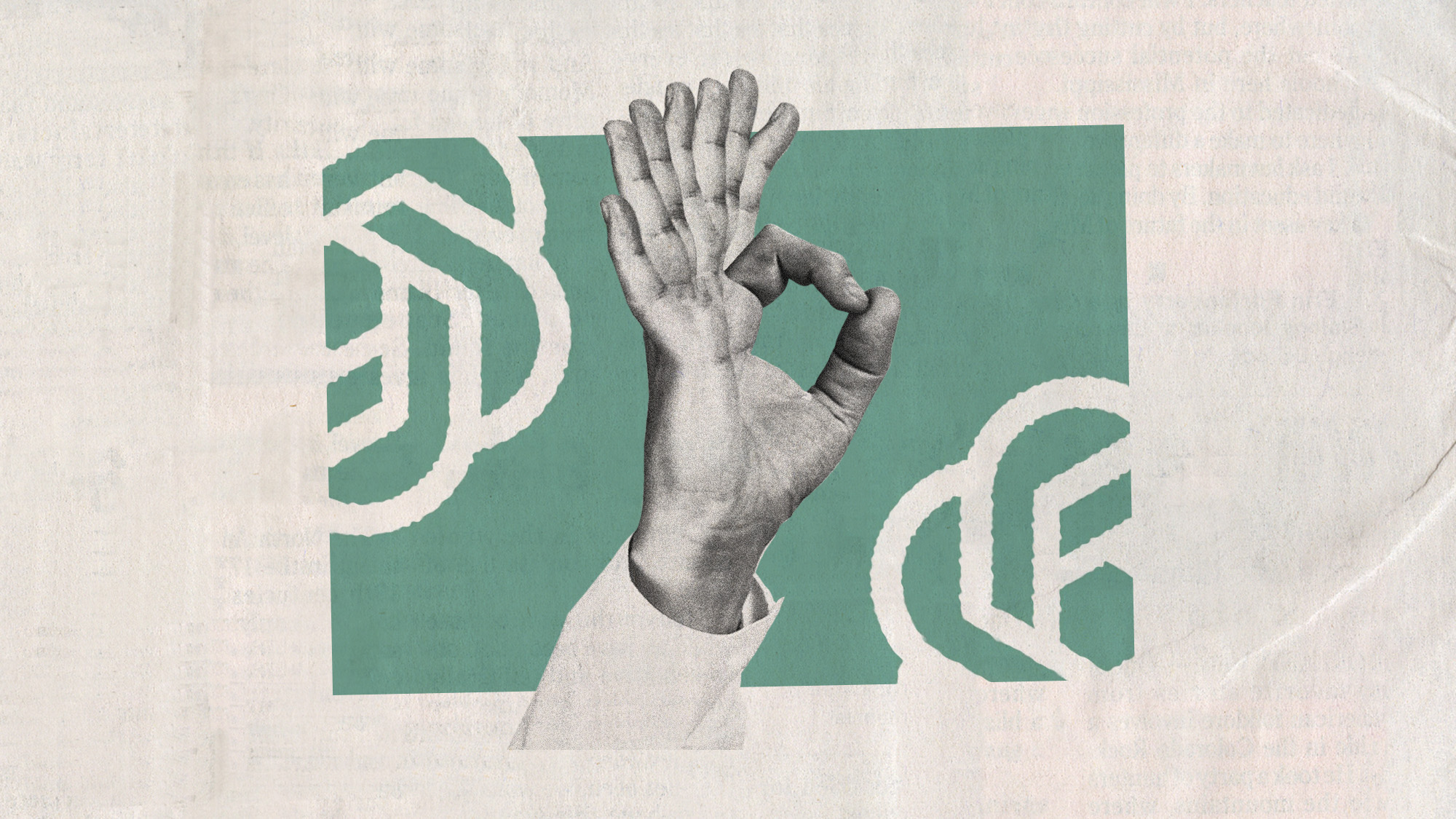 Why 2025 was a pivotal year for AI
Why 2025 was a pivotal year for AITalking Point The ‘hype’ and ‘hopes’ around artificial intelligence are ‘like nothing the world has seen before’
-
 The best drama TV series of 2025
The best drama TV series of 2025the week recommends From the horrors of death to the hive-mind apocalypse, TV is far from out of great ideas
-
 The best food books of 2025
The best food books of 2025The Week Recommends From mouthwatering recipes to insightful essays, these colourful books will both inspire and entertain
-
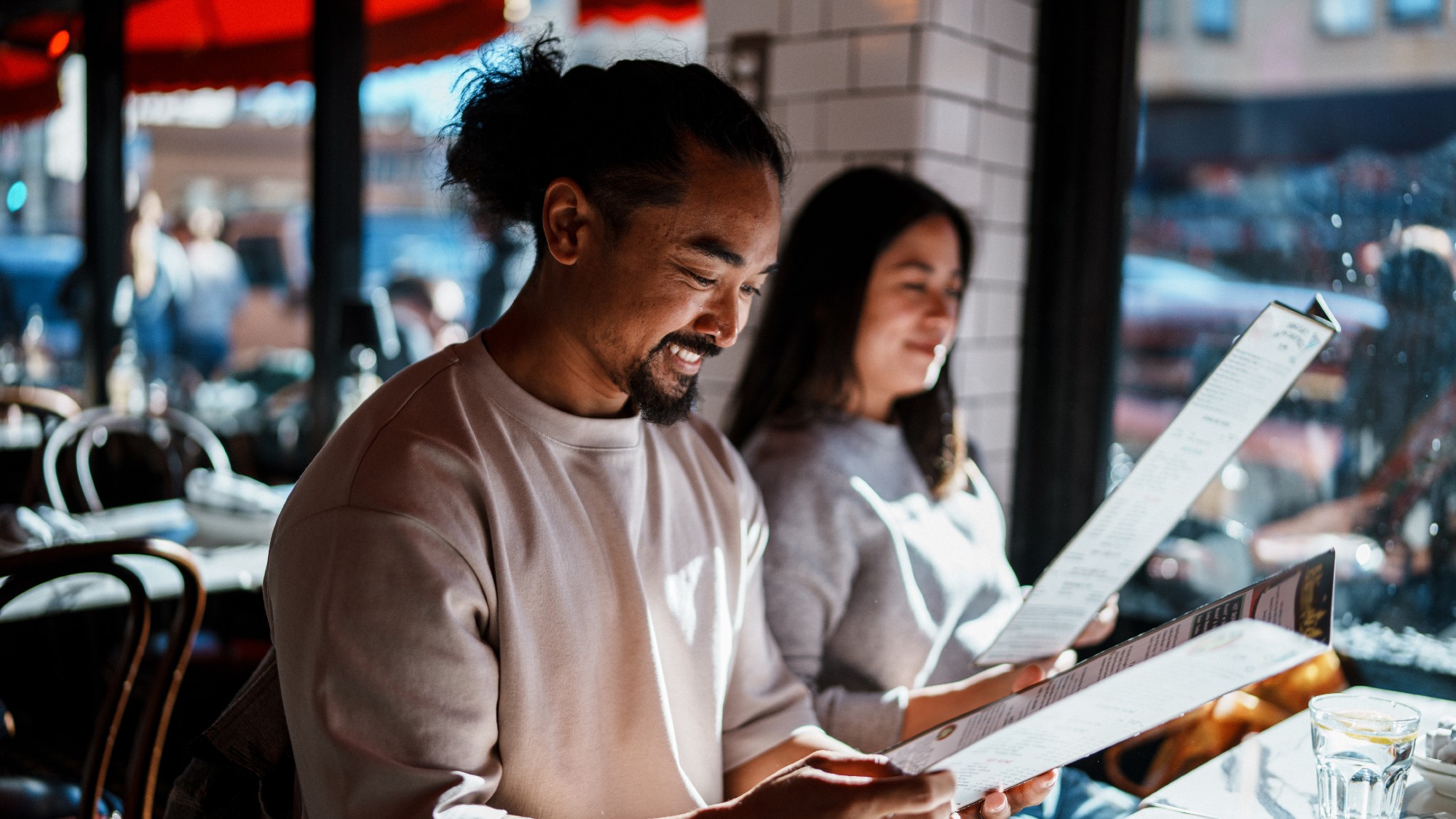 8 restaurants that are exactly what you need this winter
8 restaurants that are exactly what you need this winterThe Week Recommends Old standards and exciting newcomers alike
-
 Appetites now: 2025 in food trends
Appetites now: 2025 in food trendsFeature From dining alone to matcha mania to milk’s comeback
-
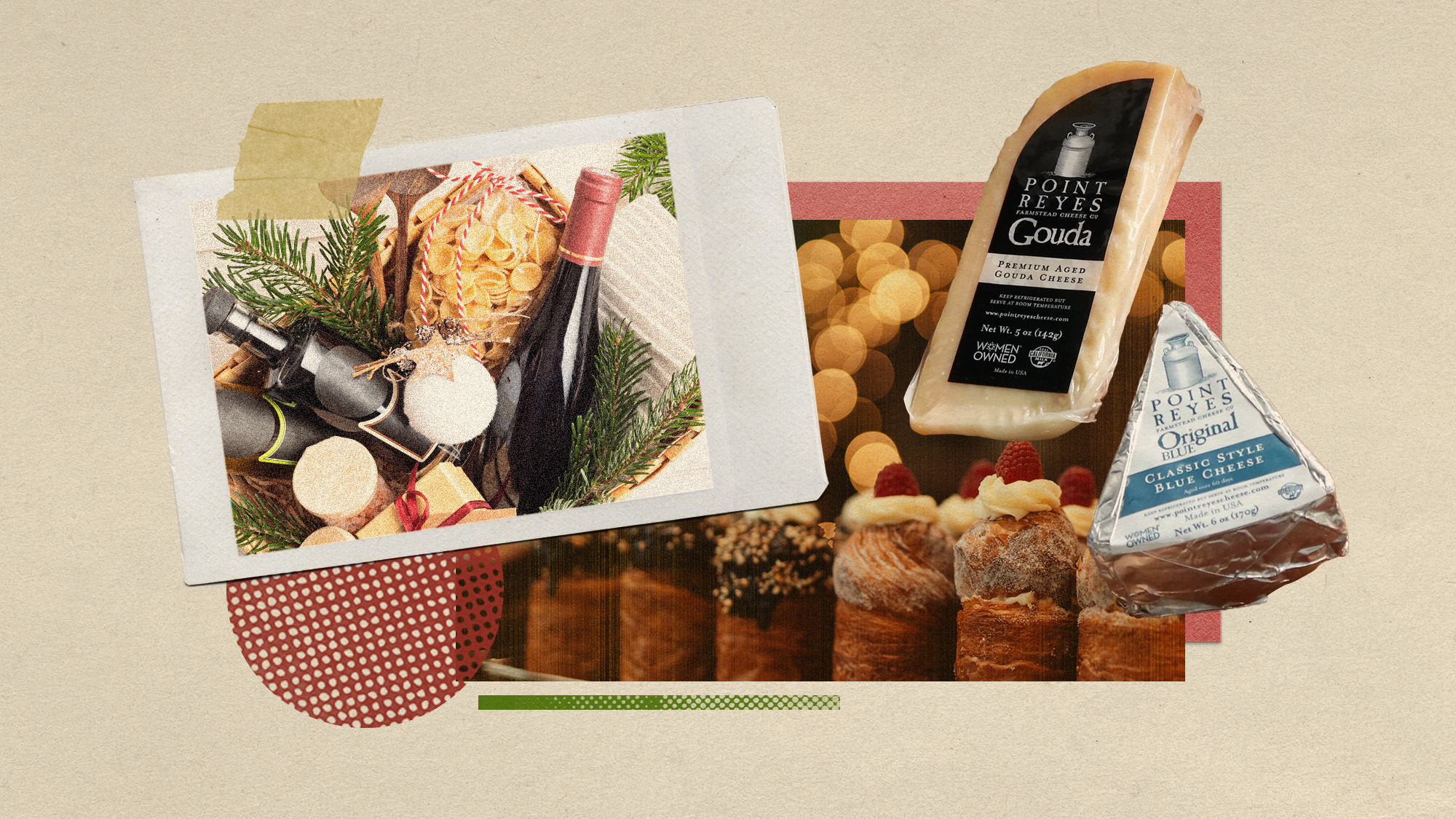 May your loved ones eat, drink and be merry with these 9 edible Christmas gifts
May your loved ones eat, drink and be merry with these 9 edible Christmas giftsThe Week Recommends Let them eat babka (and cheese and licorice)
-
 Classic mince pies for the festive season
Classic mince pies for the festive seasonThe Week Recommends The countdown to Christmas, and all its edible treats, has begun
-
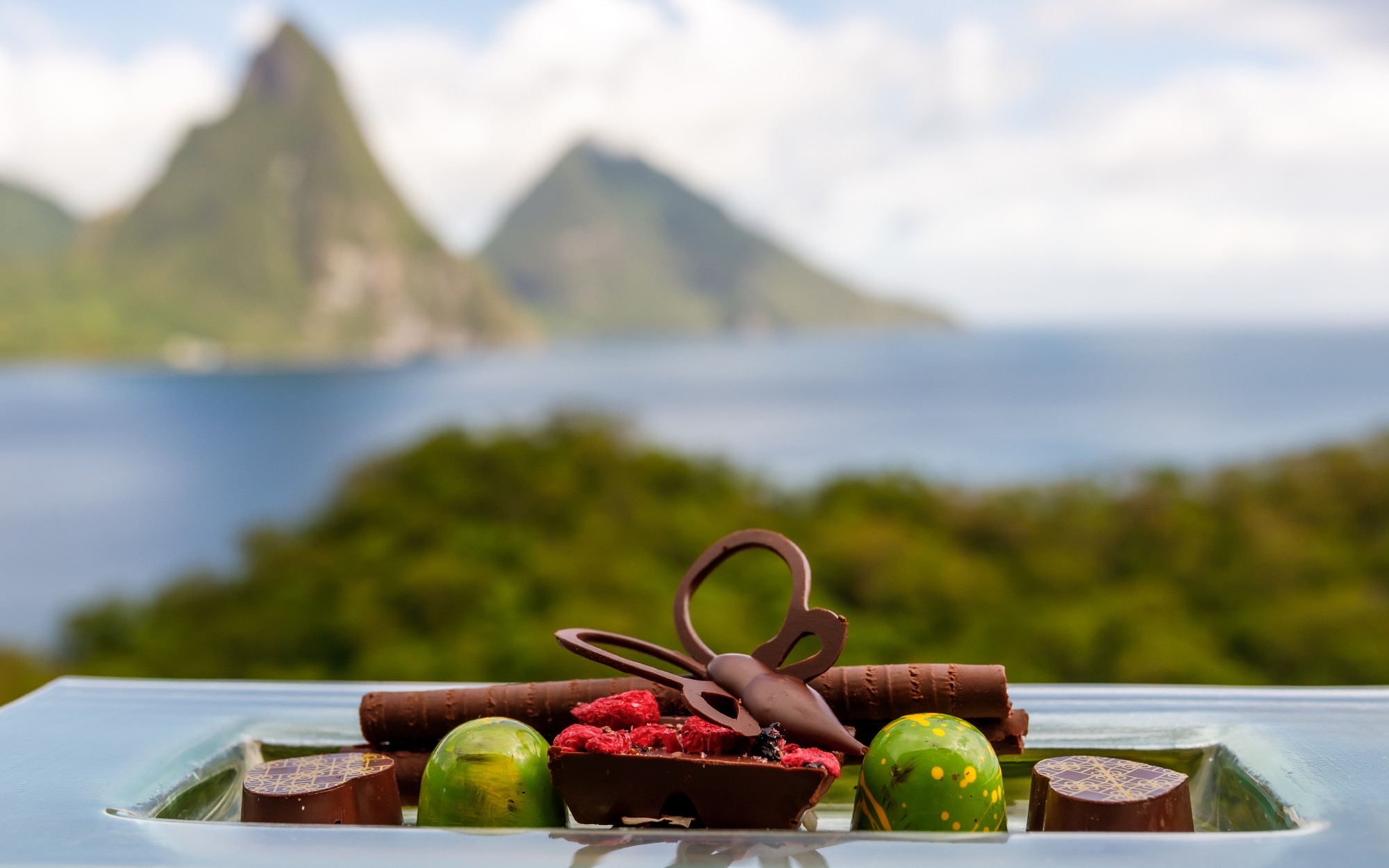 Love chocolate? Travel to these destinations to get your sweet fix
Love chocolate? Travel to these destinations to get your sweet fixThe Week Recommends Treat yourself with chocolate experiences, both internal and external
-
 Critics’ choice: Watering holes for gourmands
Critics’ choice: Watering holes for gourmandsFeature An endless selection of Mexican spirits, a Dublin-inspired bar, and an upscale Baltimore pub
-
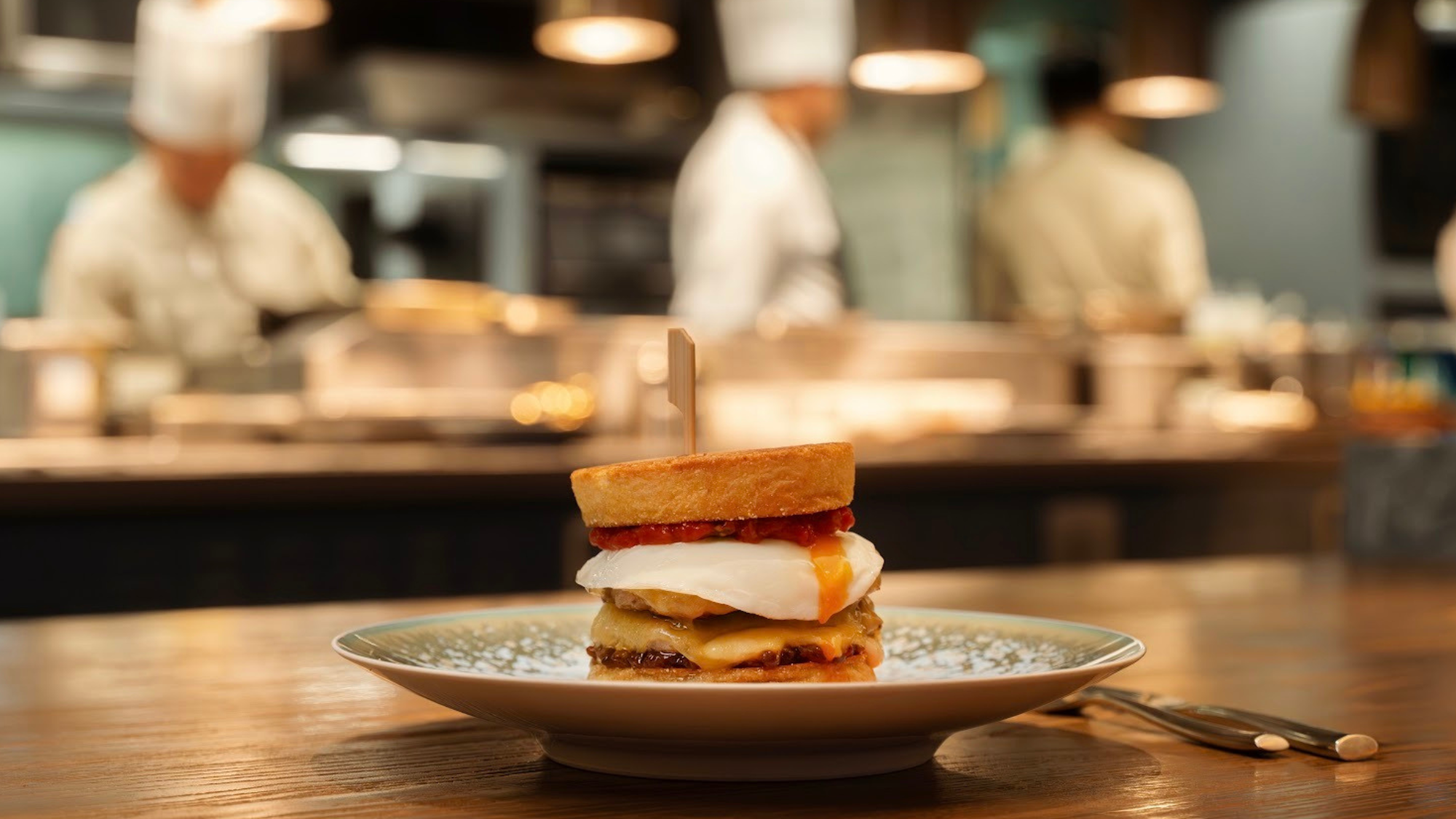 London’s best breakfasts and brunches
London’s best breakfasts and brunchesThe Week Recommends However you like your eggs in the morning, these memorable restaurants have you covered
